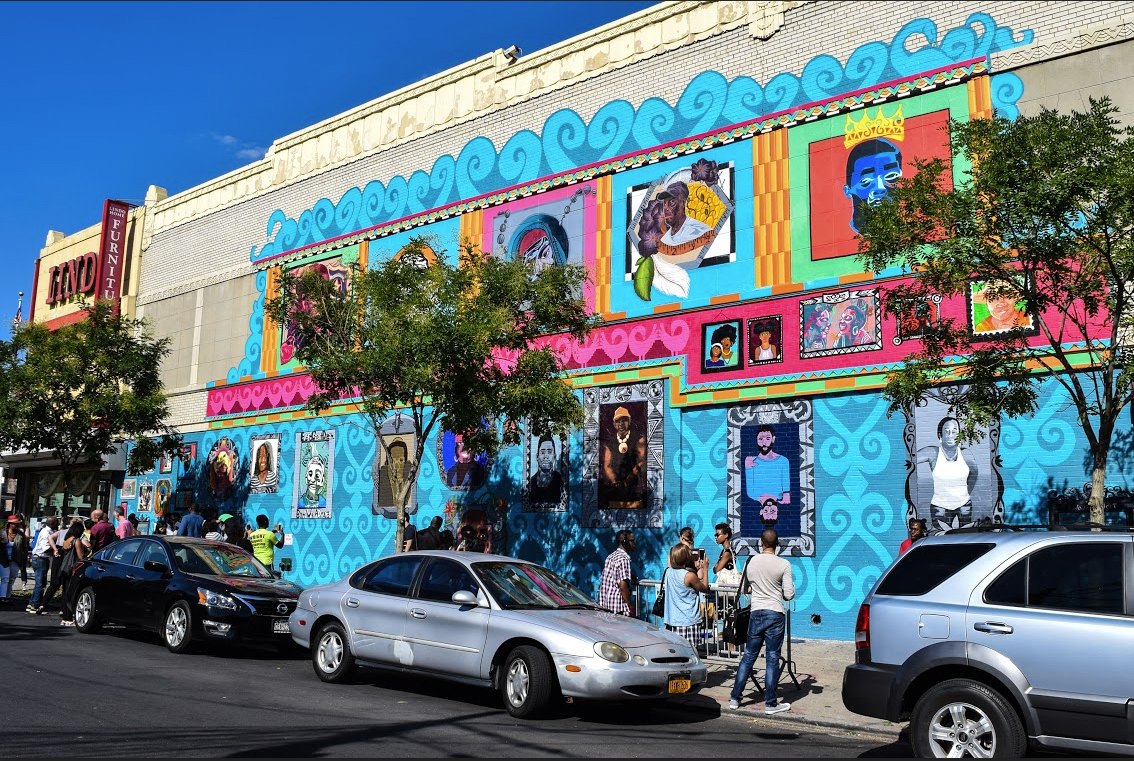Our Lady of Loreto is a pile of rubble
Mock funeral will be held Saturday for historic Brownsville church

Gone, Gone, Gone: There's a hole in the ground where Our Lady of Loreto Church in Brownsville stood for more than a century. Eagle photo by Lore Croghan
It’s too late to save her. It’s not too late to mourn her.
There will be a mock funeral on Saturday for Loreto — Our Lady of Loreto.
In the blink of an eye, a demolition crew has obliterated the historic Catholic church at 126 Sackman St. in the Ocean Hill section of Brownsville.
